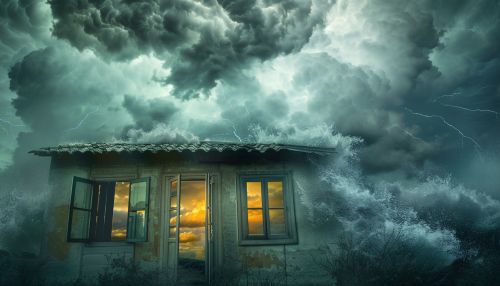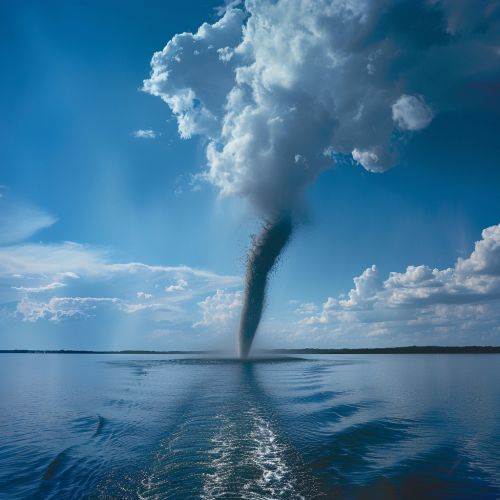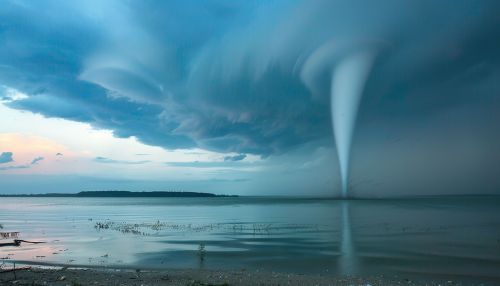Tornado myths
Introduction
A tornado is a rapidly rotating column of air that is in contact with both the surface of the Earth and a cumulonimbus cloud or, in rare cases, the base of a cumulus cloud. Despite the extensive scientific study and understanding of tornadoes, numerous myths and misconceptions persist about these natural phenomena. This article aims to debunk some of these common tornado myths, providing a comprehensive and detailed examination of each.
Myth 1: Opening Windows Equalizes Pressure
One of the most enduring tornado myths is the belief that opening windows in a building can help to equalize pressure during a tornado, thereby preventing the structure from exploding. This myth is based on the assumption that the low pressure inside a tornado can cause buildings to explode due to the higher pressure inside. However, this is not accurate. The rapid and violent winds of a tornado, not pressure differences, are responsible for the destruction of buildings. Furthermore, attempting to open windows may waste valuable time that could be better spent seeking shelter.


Myth 2: Tornadoes Avoid Cities and Mountains
Another common myth is that tornadoes avoid cities and mountains. This belief likely stems from the fact that tornadoes are less frequently observed in these areas. However, this is a result of the smaller geographical area covered by cities and mountains compared to flat, rural areas, not any tornado-avoiding behavior. Tornadoes can and do occur in cities and mountainous areas, though they are statistically less common due to the smaller target area.
Myth 3: The Southwest Corner of a Basement is the Safest Place
The belief that the southwest corner of a basement is the safest place to be during a tornado is another widespread myth. This myth originated from the incorrect assumption that tornadoes always travel from the southwest. While it is true that tornadoes in the United States often come from the southwest, they can come from any direction. The safest place during a tornado is the lowest level of a building, in a small, windowless interior room, such as a closet or bathroom.
Myth 4: Tornadoes Cannot Cross Bodies of Water
The myth that tornadoes cannot cross bodies of water is also false. Tornadoes are capable of crossing bodies of water, including large lakes and rivers. In fact, tornadoes over water are known as waterspouts. While waterspouts are typically weaker than land-based tornadoes, they can still pose a significant threat, particularly to boaters and coastal areas.


Myth 5: The Size of a Tornado Determines Its Intensity
It is a common misconception that the size of a tornado is indicative of its intensity. However, the size of a tornado does not necessarily correlate with its wind speed or potential for destruction. Small tornadoes can be just as powerful and destructive as larger ones. The intensity of a tornado is determined by its wind speed, which is measured using the Enhanced Fujita scale.
Conclusion
Understanding the realities of tornadoes, as opposed to the myths, is crucial for effective tornado preparedness and safety. By debunking these myths, individuals can make informed decisions and take appropriate actions during a tornado event.
